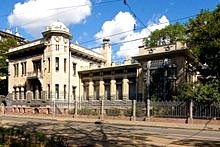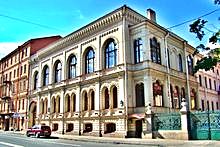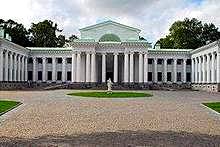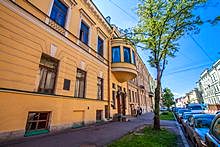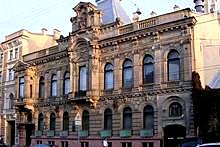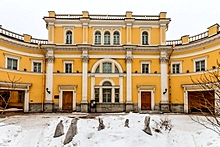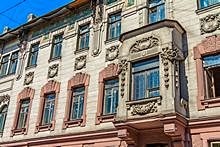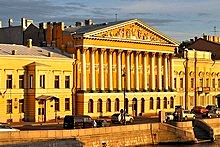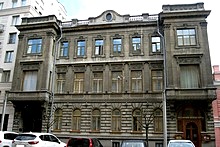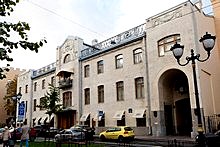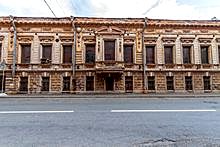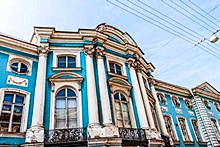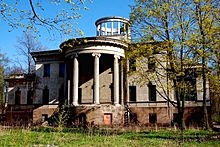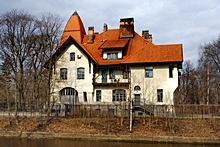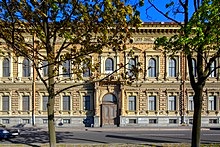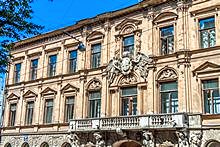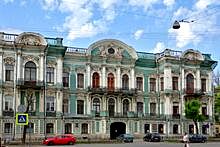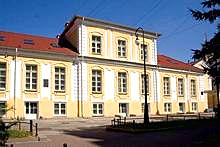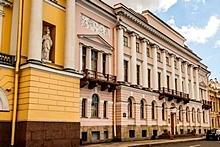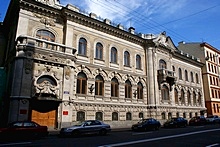Mansions and Villas
Central St. Petersburg and its near surroundings contain several historic mansions and villas that were once the property of the rich and famous in pre-Revolutionary Russia. While not as grand or excessive as the city's renowned palaces, these private houses were however more affordable for the upper echelons of St. Petersburg's intelligentsia and the more successful of its artists. The musical and literary salons that were held in the mansions of the Baryatinskiys, the Dolgorukovs, the Kochubeys, the Derzhavins, and the Nabokovs, for example, became the real centre of St. Petersburg's cultural life.
Nowadays, many of these buildings have been fully restored to their past glories, and give guests the chance to explore their heady past through interesting themed exhibitions.
One of the few mansions to survive from the era of Petrine baroque, this charming residence allows guests to picture how the upper crust lived at the beginning of the 17th century.
This exquisite art nouveau mansion, built especially for the celebrated ballerina Mathilde Kschessinska, became the Bolsheviks' headquarters in 1917.
Once the property of the scion of an ancient Tartar noble family, this three-story mansion has recently been restored to all its former glories.
This magnificent mansion on Kamenniy Island is a superb example of early 20th century Russian neoclassicism, blending perfectly with the nearby Yelagin Palace and Kamennoostrovskiy Theatre.
This mansion is most interesting for its fantastic and well preserved interiors, which can rival those of St. Petersburg's most famous palaces.
This mansion on Ulitsa Chaykovskogo successfully combines several architectural styles - gothic, baroque and rococo - and boasts particularly fine interiors.
This carefully restored 18th century villa was the home for nearly quarter of a century to Gavril Derzhavin, the prominent Russian poet and forerunner of Alexander Pushkin.
This house was the birthplace of the great Russian-American novelist Vladimir Nabokov, and its restored interiors now house a museum in his honour.
In the 19th century, this luxurious mansion became home to the first privately owned museum in Russia. Now it houses displays from the Museum of the History of St. Petersburg.
This splendid mid-19th century mansion has been restored to all its past glories, and is now very popular as a venue for all types of events and celebrations.
Recently completed restoration has breathed new life into this elegant art nouveau mansion, now a conference and events centre.
An industrial zone of Vasilevskiy Island, although the location makes more sense if you know the history of the Brusnitsyn family.
This three-storey baroque mansion was built in the very heart of St. Petersburg on Italyanskaya Ulitsa, and become one of the centres of high society in the 18th century.
This beautiful two-storey mansion on Ligovskiy Prospekt belonged to the russified German Franz San-Galli, who rose from being a simple craftsman to become one of the leading industrialists of his day.
One of only a few style moderne private houses in St. Petersburg, this unusually designed mansion has richly decorated facades.
Built for a Swiss tailor, this eccentrically designed mansion in so-called neo-romantic style is well known to Russians as a location in the popular Soviet film adaptations of Sherlock Holmes.
This superb mansion by the Neva River was built in the style of the Florentine Renaissance and belonged to one of the most successful Russian businessmen of the 19th century.
This mansion on Bolshaya Morskaya Ulitsa belonged to Pavel Demidov, the source of whose immense wealth can be seen in the wide use of Urals precious minerals in the richly decorated interiors.
In size closer to a palace, this mansion on Ulitsa Chaykovskogo belonged to lady-in-waiting Elizaveta Buturlina in the 19th century, and was converted into apartments after the Revolution.
Among St. Petersburg's oldest houses, the Troekurov House on Vasilevsky Island is an example of the "template" houses built to fill out the new city in the early decades of the 18th century.
Located on the English Embankment, this elegant neoclassical mansion was designed by the great French architect Thomas de Thomon, and was famous for its fashionable balls.
Built for the General Consul of the Netherlands in 1902, this charming Art Nouveau mansion has a range of fascinating features, including a courtyard designed to resemble a Dutch farm.


